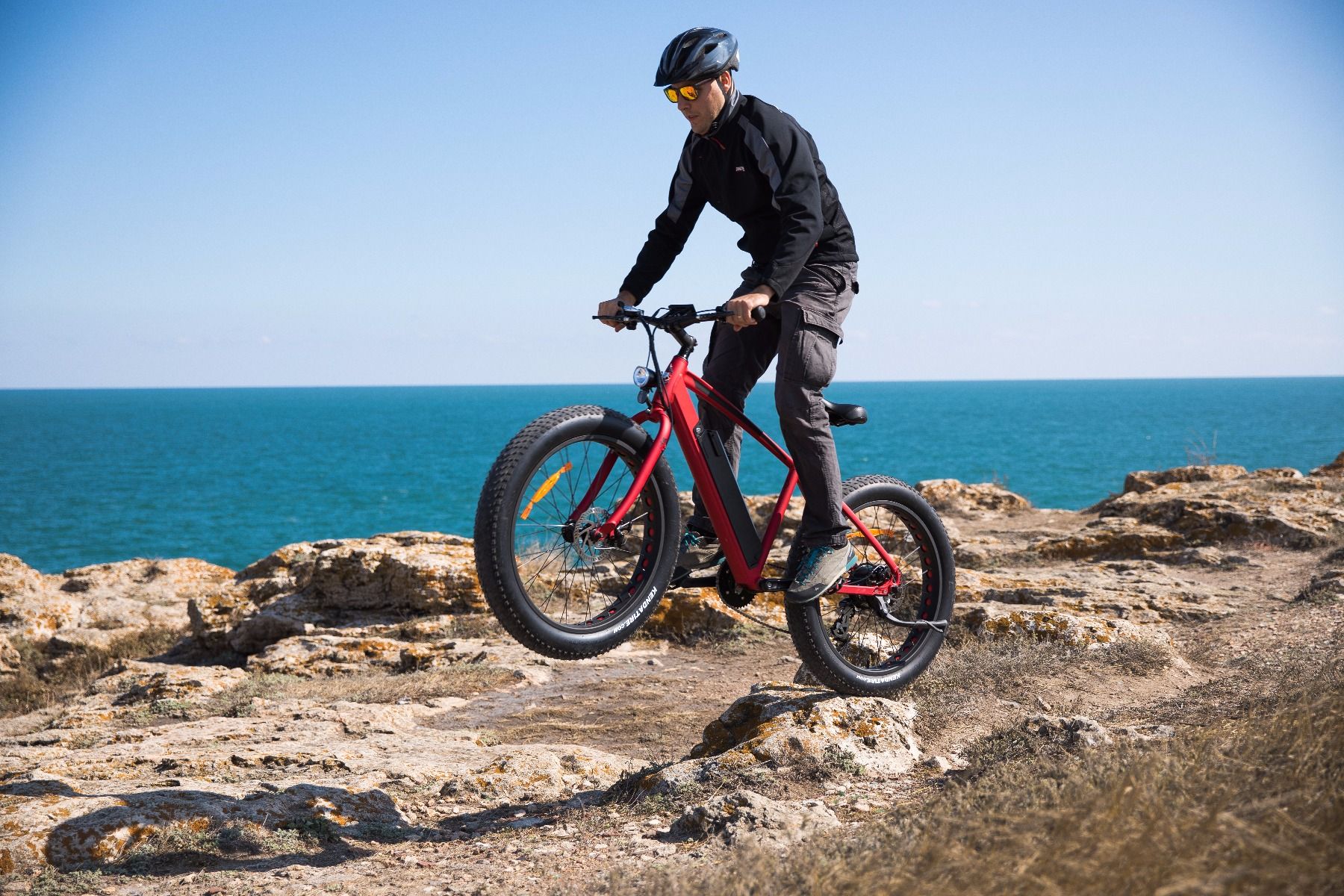
The popularity of electric bikes (e-bikes) is rapidly increasing, offering riders an efficient and enjoyable way to commute and explore various terrains. However, transporting these heavier and often uniquely designed bikes requires careful consideration when choosing a bike carrier. This guide provides a comprehensive overview of how to select the right bike carrier for your e-bike, ensuring safe and convenient transportation.
Understanding the Challenges of Transporting E-bikes
E-bikes present specific challenges for bike carriers due to their distinct characteristics:
- Weight: E-bikes are significantly heavier than traditional bicycles, primarily due to the battery and motor. This increased weight necessitates a carrier with a higher load capacity.
- Battery and Design: E-bikes come in various styles (e.g., city, mountain) with different frame designs and battery placement, which can affect compatibility with certain carriers.
Key Factors to Consider When Choosing an E-bike Carrier
Selecting the appropriate carrier is crucial for the safe and effective transport of your e-bike. Here are the key factors to consider:
- Weight Capacity: The most critical factor is the carrier’s weight capacity. Ensure the carrier can handle the combined weight of your e-bike(s) and any other gear loaded onto it.
- Carrier Type:
- Hitch-Mounted Racks: Hitch-mounted racks, especially platform-style, are often recommended for e-bikes due to their stability and high weight capacity. They also simplify loading and unloading.
- Other Rack Types: While roof-mounted and trunk-mounted racks exist, they may not be suitable for heavier e-bikes or bikes with unique frame designs.
- Bike and Rack Compatibility:
- Bike Frame and Size: Consider your e-bike’s frame style, size, and wheelbase to ensure it fits securely on the carrier.
- Tire Width: If your e-bike has wider tires, confirm the carrier can accommodate the tire width.
- Vehicle Compatibility: Verify that the carrier is compatible with your vehicle’s hitch receiver (if applicable) or mounting points.
- Loading and Unloading:
- Ease of Use: Opt for a carrier that simplifies loading and unloading, especially considering the weight of e-bikes. Features like loading ramps can be beneficial.
- Lower Lifting: Carriers that require less lifting are generally preferred for e-bikes.
- Security:
- Locking Mechanisms: Choose a carrier with integrated locking systems to secure your e-bike to the rack and the rack to your vehicle.
- Vehicle Access:
- Tilt or Swing-Away Features: If you need frequent access to your vehicle’s rear, select a carrier with tilt-away or swing-away functionality.
- Additional Considerations:
- Battery Removal: Removing the e-bike’s battery before transport can significantly reduce weight and protect the battery.
- Weight Distribution: Proper weight distribution on the carrier is essential for vehicle stability.
- Travel Distance: For long-distance travel, consider the carrier’s impact on fuel economy and aerodynamics.
- Legal Regulations: Be aware of any local regulations regarding bike rack usage, such as visibility of license plates and lights.
Recommended E-bike Carrier Features:
- High load capacity
- Platform-style hitch mount
- Integrated loading ramp
- Secure bike mounting system (e.g., AcuTight knobs)
- Tilt or swing-away functionality
By carefully considering these factors, you can choose the right bike carrier to safely and conveniently transport your electric bike, enabling you to enjoy your cycling adventures to the fullest.

